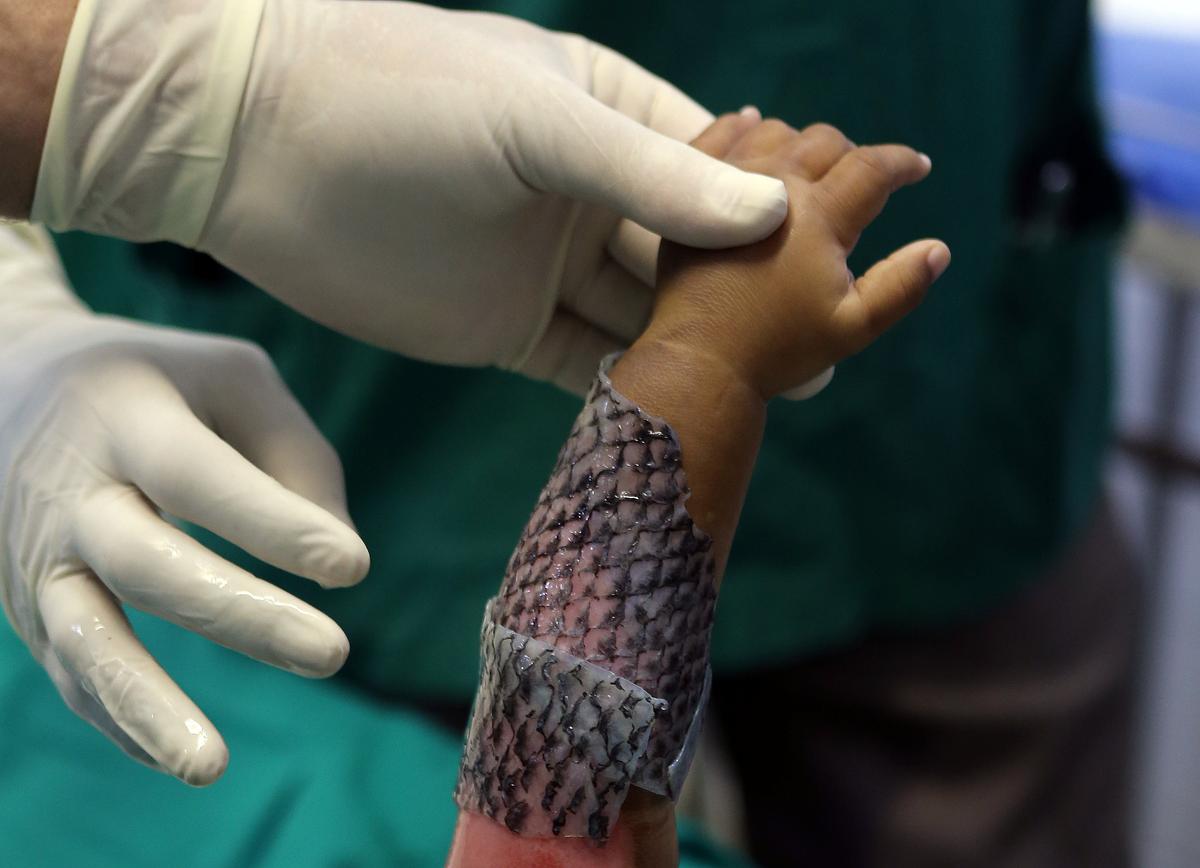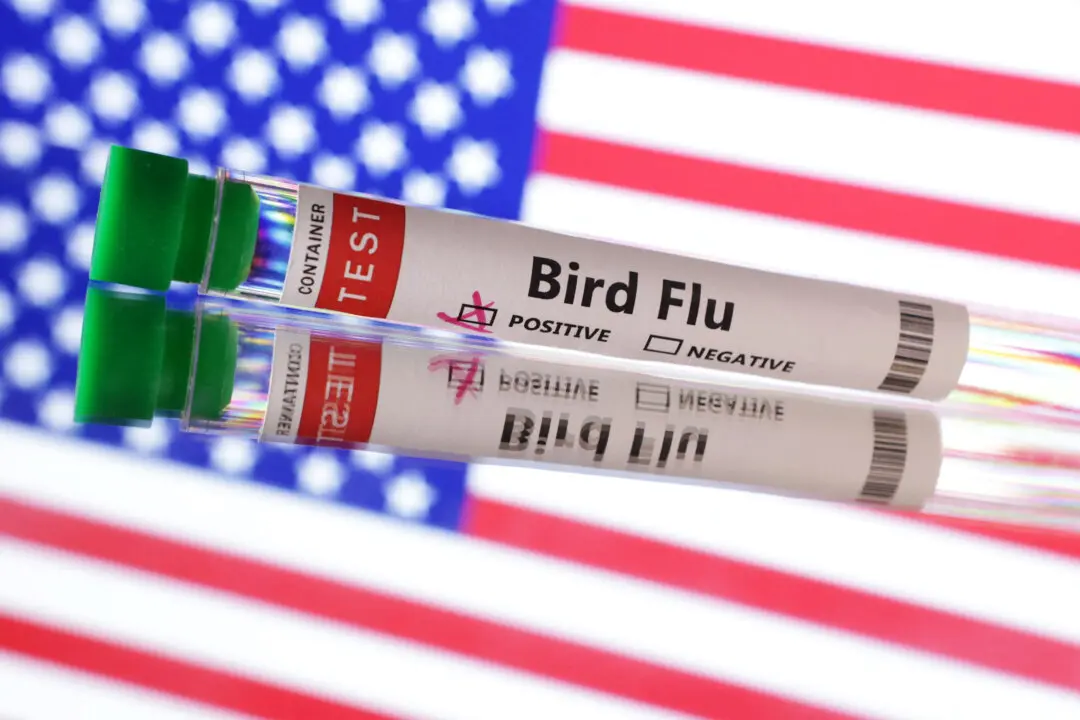FORTALEZA, Brazil—Researchers in Brazil are experimenting with a new treatment for severe burns using the skin of tilapia fish, an unorthodox procedure they say can ease the pain of victims and cut medical costs.
Frozen pig skin and even human tissue have long been placed on burns to keep them moist and allow the transfer of collagen, a protein that promotes healing.
Brazil’s public hospitals, however, lack human and pig skin supplies and the artificial alternatives easily available in Western countries. Instead, gauze bandage, which needs regular changing - often painfully - is the norm.
Tilapia is abundant in Brazil’s rivers and fish farms, which are expanding rapidly as demand grows for the mildly flavored freshwater fish.
Scientists at the Federal University of Ceara in northern Brazil have found that tilapia skin has moisture, collagen and disease resistance at levels comparable to human skin, and can aid in healing.






